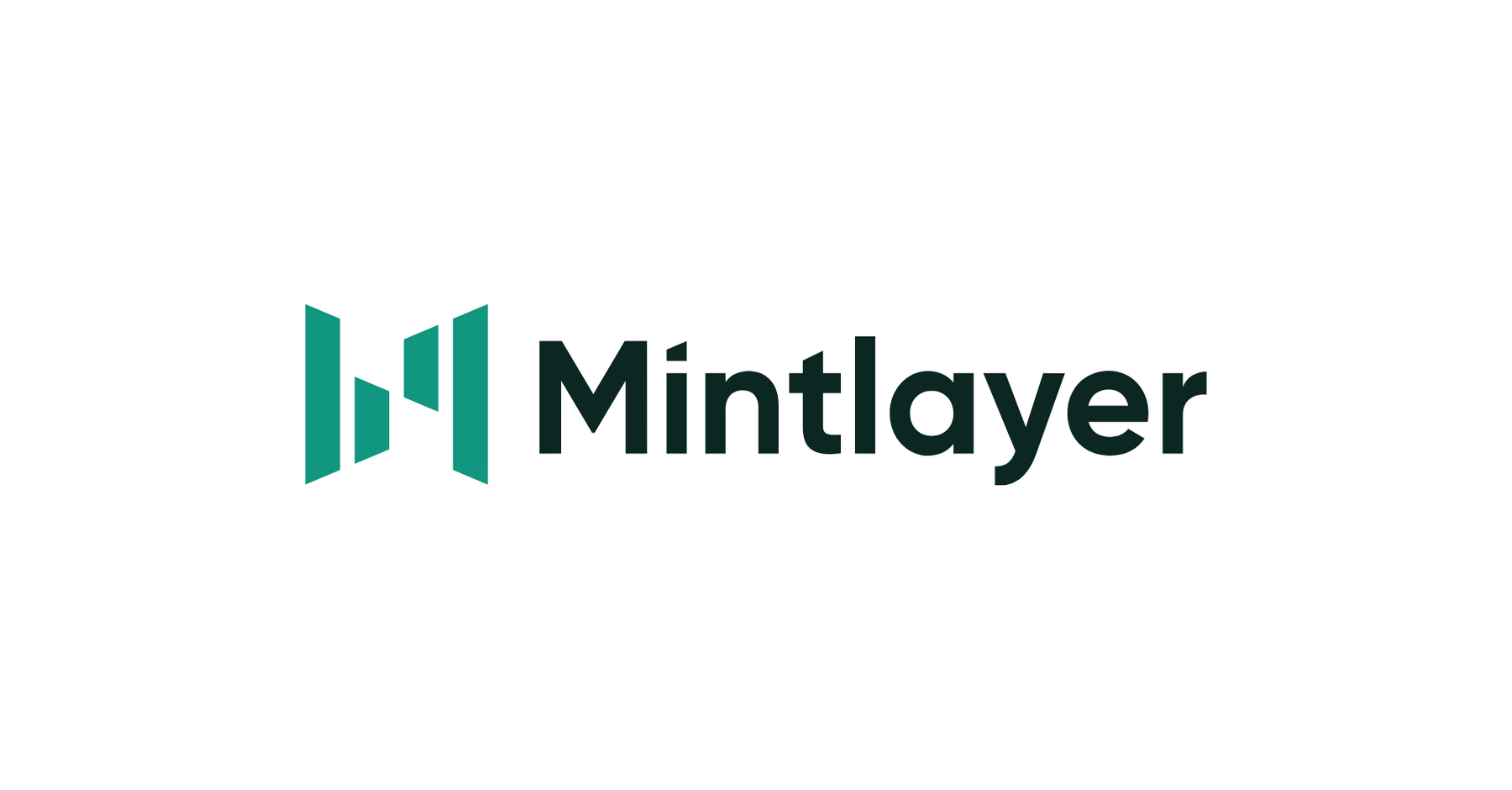DeFi has thrived on certain blockchains, such as Ethereum and Solana, but not on Bitcoin, primarily due to Bitcoin’s limited support for complex smart contracts.
The Taproot Upgrade in November 2021 was a concerted effort to demonstrate that Bitcoin is more than what many, especially those new to the blockchain space, perceive it to be: merely a store of value or a hedge against inflation.
The Taproot upgrade established the necessary technical framework for DeFi on the Bitcoin blockchain. This framework enables the hosting of extensive smart contracts with numerous signatories while maintaining participant anonymity and transaction size similar to a single-sig transaction.
Traditionally, Bitcoin has not been highly regarded as a top-tier medium of exchange due to inherent characteristics, including slow transaction turnaround time, often referred to as transaction processing speed (tps) in the crypto world, and high transaction costs (gas fees).
However, the emergence of Bitcoin Ordinals has ignited renewed discussions about Bitcoin’s potential evolution into a blockchain capable of facilitating effective and cost-efficient value transfer.
From another perspective, Bitcoin holds significant potential as a preferred platform for decentralized applications due to its substantial capital and unparalleled security.
Some projects have taken the initiative to build DeFi solutions on the pioneering blockchain. This review explores these innovative Bitcoin DeFi solutions and their offerings.
What Does DeFi on Bitcoin Look Like?
Bitcoin’s base layer, known for its simplicity, ensures high security, decentralization, and resistance to censorship. However, compared to other Layer 1 blockchains, Bitcoin’s base layer faces a trade-off in functionality. Specifically, it lacks support for full smart contract programming, a crucial element for decentralized application development.
However, recent improvements to the Bitcoin network, especially the Taproot upgrade, addressed these challenges and offered exciting opportunities for innovative applications with enhanced trust and security.
Before the Taproot upgrade, Bitcoin transactions faced delays as each digital signature needed individual verification against a public key.
The Taproot upgrade addressed this by enabling the network to validate multiple digital signatures at once. This efficiency boost reduces block space requirements, paving the way for developing DeFi applications on the blockchain.
The introduction of the Taproot upgrade unlocks the potential for DeFi on Bitcoin, with a caveat. While Taproot brings advanced capabilities, the native Bitcoin blockchain lacks direct support for smart contracts because it still uses the limited Script programming language. Thus, Taproot’s benefits can only be fully realized on Layer 2 scaling solutions and sidechains.
That means that participating in DeFi using Bitcoin often involves utilizing a wrapped version of Bitcoin (wBTC) on a non-Bitcoin blockchain. A user has to send BTC to a custodian, usually a smart contract, which holds these tokens and issues an equivalent amount of wBTC in return, maintaining the same ratio. For instance, if you send 1BTC, you will receive 1wBTC.
These wBTC tokens can be employed on DeFi protocols like Compound (COMP) or AAVE (AAVE) based on Ethereum. To reclaim your BTC, you send back the wBTC tokens, and the custodian (smart contract) will refund your coins.
2 Innovative Bitcoin DeFi Solutions
Mintlayer

Mintlayer is a Layer 2 protocol connected to Bitcoin, and as such, it introduces DeFi, tokenization, smart contracts, dApps, and atomic swaps to the Bitcoin ecosystem.
Despite its connection to Bitcoin, Mintlayer operates as its own blockchain with a native token. It generates blocks using an enhanced Proof-of-Stake (PoS) consensus mechanism but incorporates the Lightning Network for improved performance.
Mintlayer shares similarities with Ethereum, particularly in its consensus mechanism, but stands out with its unique DSA Proof-of-Stake system, which enhances security by leveraging the Bitcoin blockchain.
It also differs in its approaches to scalability compared to Ethereum. Mintlayer reduces transaction size through batching and the Lightning Network, while Ethereum relies on Layer 2 solutions, and sidechains require more nodes for the same result.
RBB Lab, based in San Marino and spearheaded by CEO Enrico Rubboli, is the driving force behind Mintlayer’s development. The project, currently in the testnet phase, conducted its public testnet release on July 31, 2023.
According to its roadmap, the project aims to launch its mainnet in Q1 2024, showcasing its commitment to continuous progress and development.
Rootstock

Just Mintalyer, Rootstock (RSK) is a separate blockchain but connects to the Bitcoin network in a way that enables the latter to facilitate DeFi activities.
RSK employs the same Proof-of-Work consensus mechanism as Bitcoin and enables users to engage in merged mining, where one computer validates transactions on both the Bitcoin and RSK blockchains.
RSK has chosen to adopt a drivechain model instead of directly integrating sidechain technology into the Bitcoin network. This approach eliminates the need for a hard fork. And to maintain the drivechain model, a certain number of miners must simultaneously mine on both the Bitcoin and RSK networks.
If certain conditions aren’t met to operate as described above, RSK also relies on a federation, a group of notaries from Bitcoin exchanges, to operate. However, a majority of them must approve a transaction before it is completed for the user.
The Rootstock integration with Bitcoin enhances the latter’s scalability and allows for DeFi activities. Bitcoin takes about 10 minutes for transaction verification due to block creation time. Rootstock reduces block confirmation time to around 34 seconds, making transactions faster and more cost-effective.
RSK implements smart contracts on its chain, so it overcomes limitations in block size on the Bitcoin base layer and addresses slow transaction confirmations and network congestion. This also prevents the smart contracts from affecting transaction information storage and ensures a more efficient network.
Like Mintlayer, Rootstock offers several benefits to DeFi activities like compatibility with Ethereum dApps. However, while Mintlayer attracts developers through incentives, Rootstock uses monetary rewards to engage security experts and hackers in identifying weaknesses, enhancing overall ecosystem security.
Challenges facing DeFi on Bitcoin
The implementation of DeFi solutions in the Bitcoin ecosystem is possible because of the advances in the quest to solve the problem of scalability on the blockchain. However, solving these problems introduces new ones and also reignites old ones.
Scalability
Scalability in blockchain refers to its ability to handle a growing number of transactions as it gains popularity. For cryptocurrency adoption and the success of DeFi, the underlying network must efficiently manage millions of users.
For example, Bitcoin handles only seven transactions per second (TPS), the lowest among major blockchains, in contrast to Visa’s 1,700 TPS.
When every transaction is public and requires consensus among network nodes on transaction details, it becomes very difficult to match the speeds of existing financial systems. Thus, developers building Bitcoin DeFi projects still face the challenge of providing solutions.
Composability
DeFi sets itself apart from traditional finance by embracing openness, transparency, and decentralization, unlike systems secured behind firewalls. The key to a thriving DeFi ecosystem is composability, where apps within it follow coding standards, enabling interaction and combination-like building blocks.
However, the challenge with Bitcoin DeFi lies in its restricted scripting language. While this constraint ensures heightened security and decentralization, it also limits Bitcoin to basic peer-to-peer transactions, restricting its ability to support a wide range of use cases.
Security
While Bitcoin is widely regarded as the most secure blockchain, the security of its sidechains and Layer 2 chains is a consideration due to their limited history. Despite leveraging Bitcoin’s established security, these second-layer blockchains share risks similar to dApps on competing networks, especially concerning smart contract vulnerabilities.
Most DeFi platforms and apps on the Bitcoin network are relatively new, requiring thorough testing and improvement to ensure the security of managed assets, a crucial consideration for both investors and developers.
In Conclusion
The success of Bitcoin DeFi platforms and protocols hinges on their enduring stability, security, innovative features, and the incentives they offer to investors over the long term.
A robust and secure foundation, coupled with continuous innovation and attractive incentives, will be critical factors in determining their effectiveness in the evolving landscape of decentralized finance.
However, DeFi on Bitcoin is less user-friendly compared to Ethereum and other smart contract platforms. To enhance accessibility, DeFi on Bitcoin needs to host unique decentralized finance applications, attract a significant user base, and provide clear advantages over existing DeFi solutions on other blockchains.
Disclaimer: This article is intended solely for informational purposes and should not be considered trading or investment advice. Nothing herein should be construed as financial, legal, or tax advice. Trading or investing in cryptocurrencies carries a considerable risk of financial loss. Always conduct due diligence.
If you would like to read more articles (news reports, market analyses) like this, visit DeFi Planet and follow us on Twitter, LinkedIn, Facebook, Instagram, and CoinMarketCap Community.
“Take control of your crypto portfolio with MARKETS PRO, DeFi Planet’s suite of analytics tools.”





















